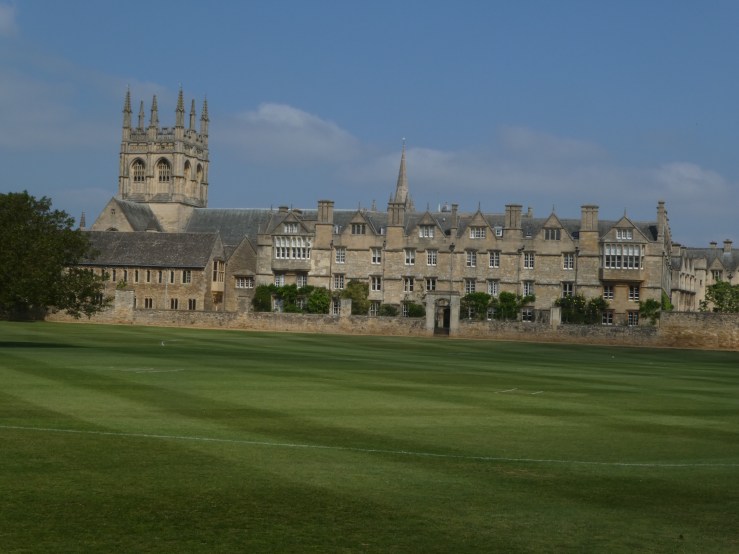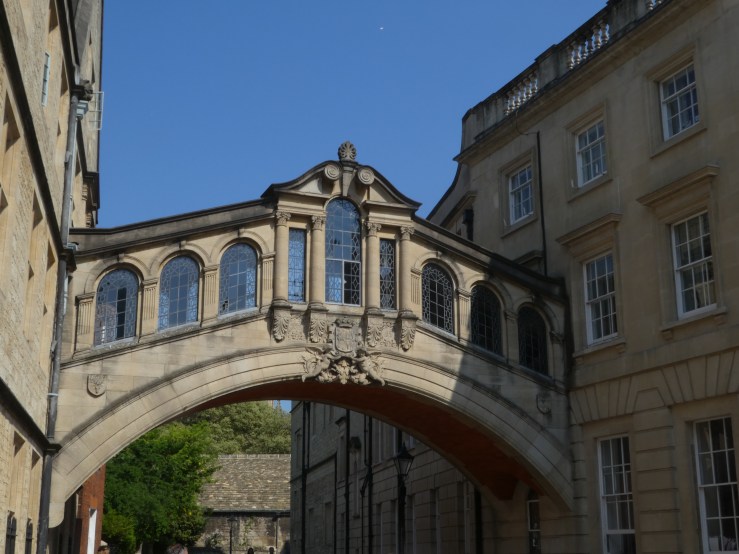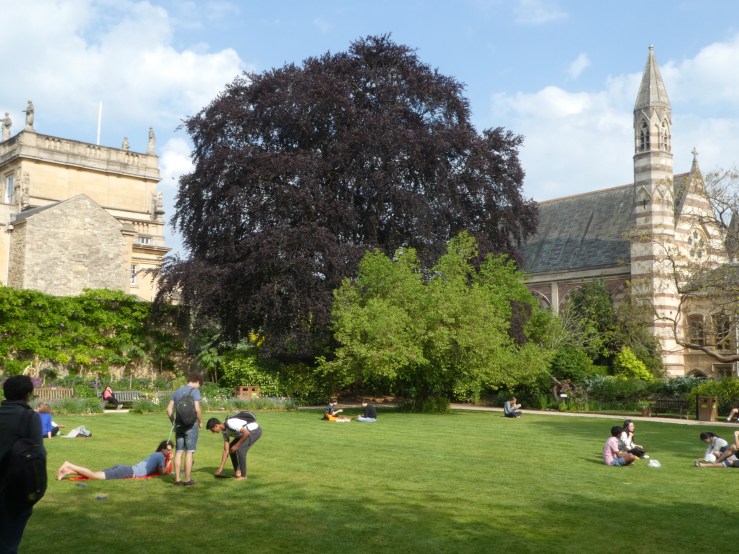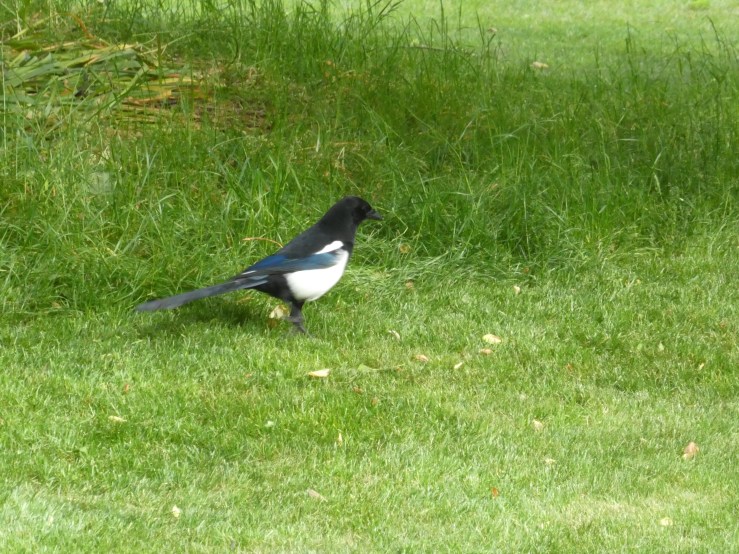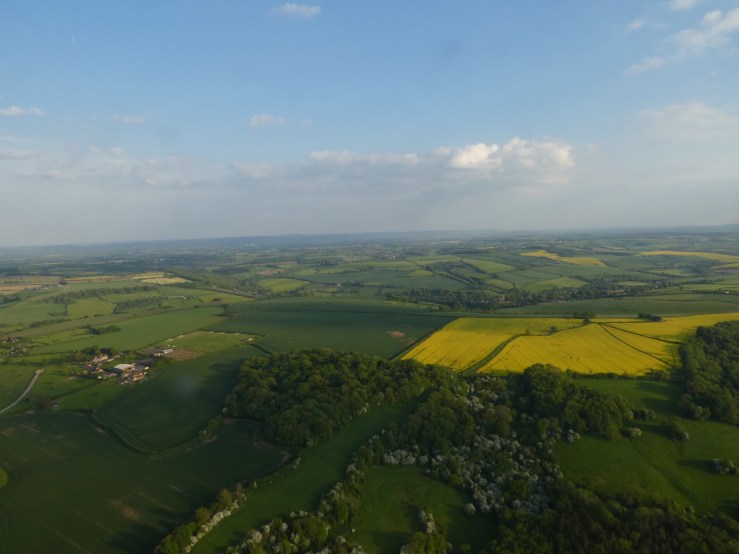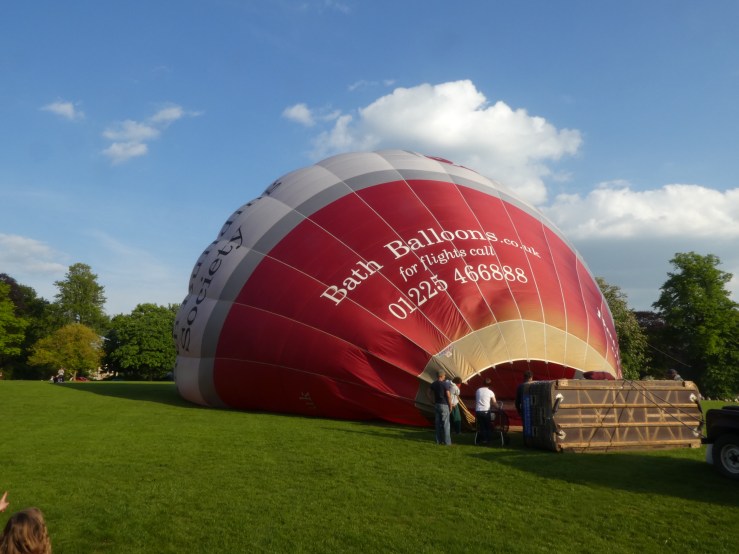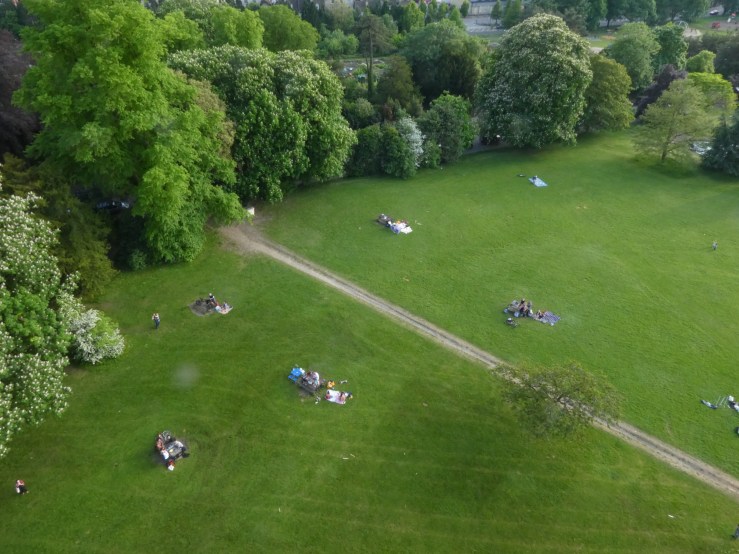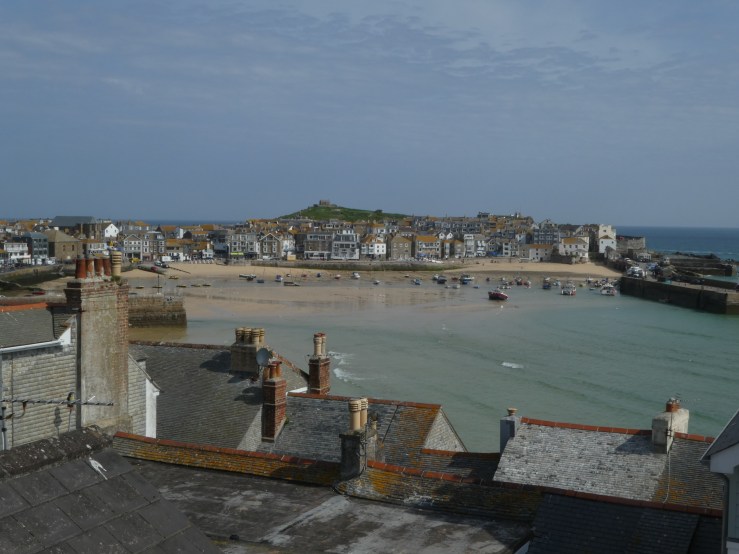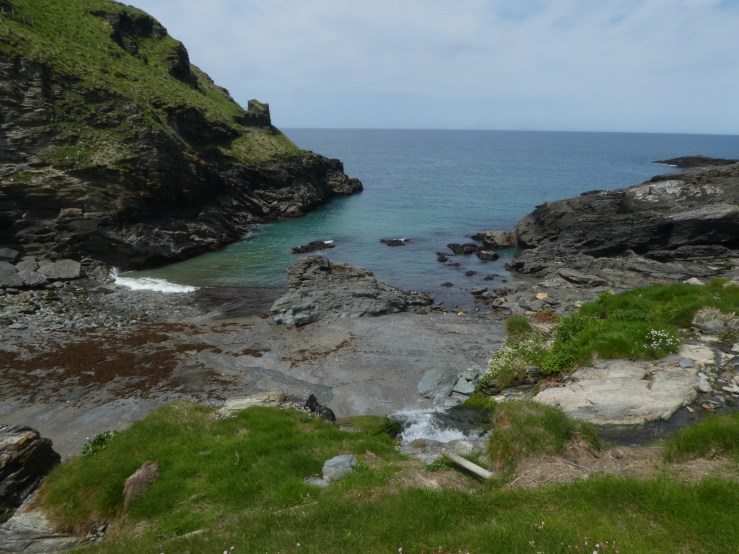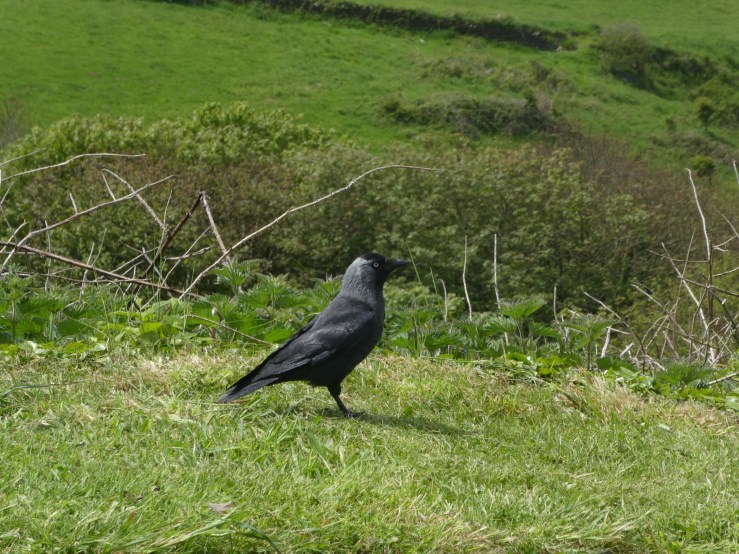Rome has its hills, of course, as does Lisbon. Snow White had her dwarves, Eddie Foy, his little ones. The man from St. Ives had his wives, as did the brothers. Shakespeare had his ages; T. H. Lawrence, his pillars of wisdom, and William Empson, his ambiguities. Satan had his sins and Christ, his works of mercy. Secaucus had its returnees.
Sao Miguel has Sete Cidades–Seven Cities, though on my several visits, I’ve only been able to find one small town.

This is the most stunning space in the southeastern islands of the archipelago. During our few days on Santa Maria, Nancy and I discussed the logisitics of visiting the remaining 7 islands. All of those 7 would be new to me; Nancy had previously visited some of the central islands: Faial, Terceira, and Pico.
A few years ago I reported on a visit to Sete Cidades, wondering why a rural community would have such a grand title. The town does has an elegant church on a central square, the usual basalt blocks framing a tidy and symmetrical building, with white plaster covering the stone walls. The round cupola makes a distinguishing feature since many other churches rely on square bell towers.

Sete Cidades has settled in an extinct volcanic crater, and its grandest feature is really the view from the rim of the crater several hundred feet above the town.
Here’s a 30 second video that sweeps across the two lakes that fill in the crater.
The drive from the port of Ponta Delgada heads into steep hills that dominate the western part of the island. Near the summit narrow roads skirt the crater rim and provide views inward toward the crater and outward to the rich, green Azorean countryside. And since the island is narrow–only about a12 kilometers at the center–a view from the top provides a glimpse across the waist of both the northern and southern Atlantic coasts.
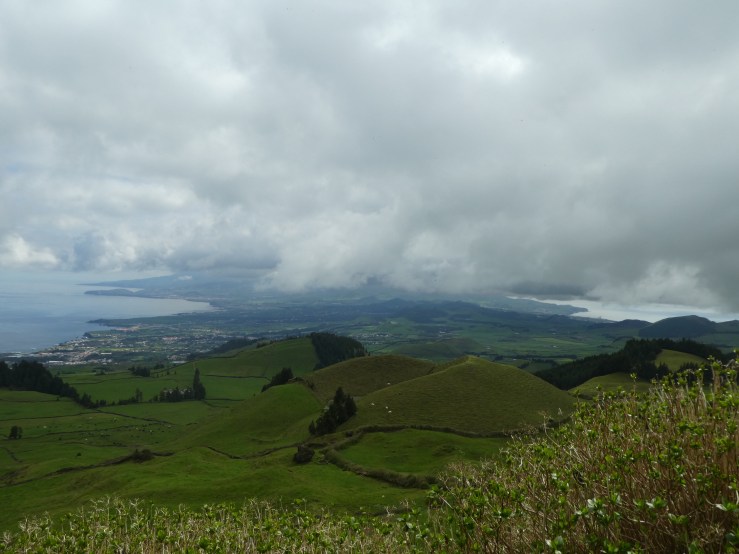
The drive to Sete Cidades turned problematic on this trip because we wandered into the Azores Rallye, a multi-stage race, part of a European road-rallye competition in which competitors race modified cars along public roads. Earlier, I had walked around a city square where many (all?) cars waited for the official race.

On our ride out several cars cars sped past us climbing the crater rim, negotiating tight curves with more confidence and expertise than I have. Along the route, much more heavily trafficked than usual, clusters of fans gathered waiting for the race to begin, ready to watch for their favorite drivers or cars, recognizable, I assume, by the gaudy vehicle decorations. I felt sufficiently disgruntled at this frivolous intrusion into what I’ve come to imagine as a pristine landscape. The area is ecological fragile, and the government accords it a protected status. The lakes are kept pristine by controlling development and farming practices and by keeping motor craft off the waters. More environmentally sensible water craft are allowed–unless there’s an underground passage from the U.S. ocean archipelago in the Pacific.

The Raylee disrupted our day by closing one of major roads leaving Sete Cidades and all Nancy and I could do was retrace the route out of the crater and back to Ponta Delgada.



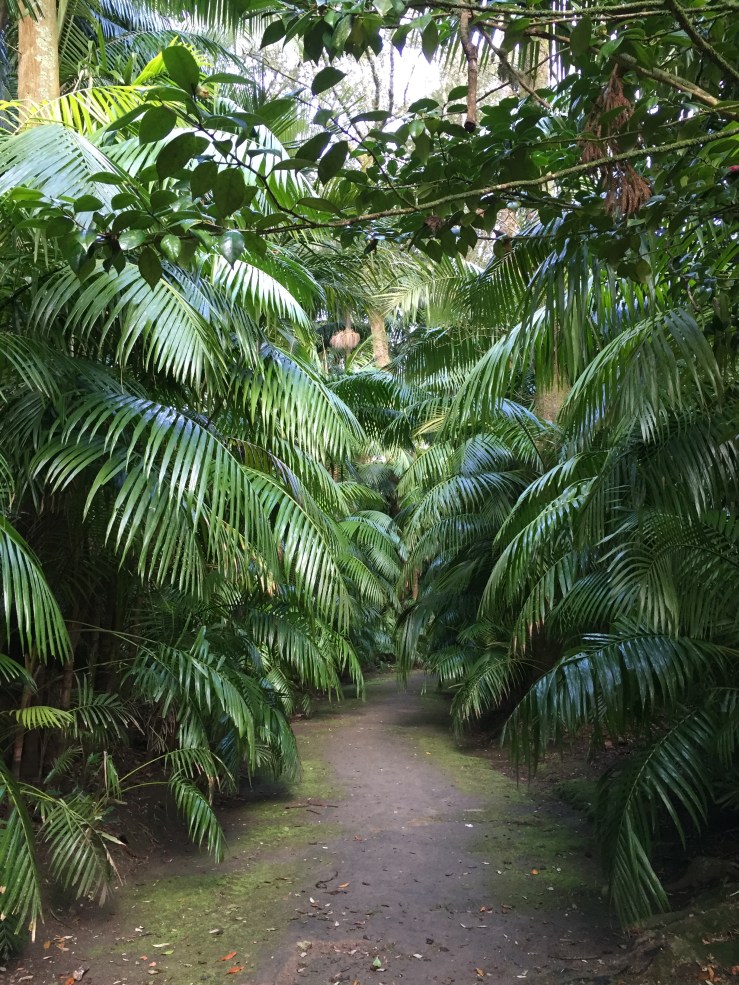
 The center piece of the Garden remains the thermal bath where water emerges at 95-105 degrees F to fill a four-foot deep pool. The high iron content of the water oxidizes as it hits the air, giving the water a brown tint. Rumors suggest that the water will turn blonde and white hair orange, but so far we’ve only managed to stain the robes and towels supplied by the hotel.
The center piece of the Garden remains the thermal bath where water emerges at 95-105 degrees F to fill a four-foot deep pool. The high iron content of the water oxidizes as it hits the air, giving the water a brown tint. Rumors suggest that the water will turn blonde and white hair orange, but so far we’ve only managed to stain the robes and towels supplied by the hotel.



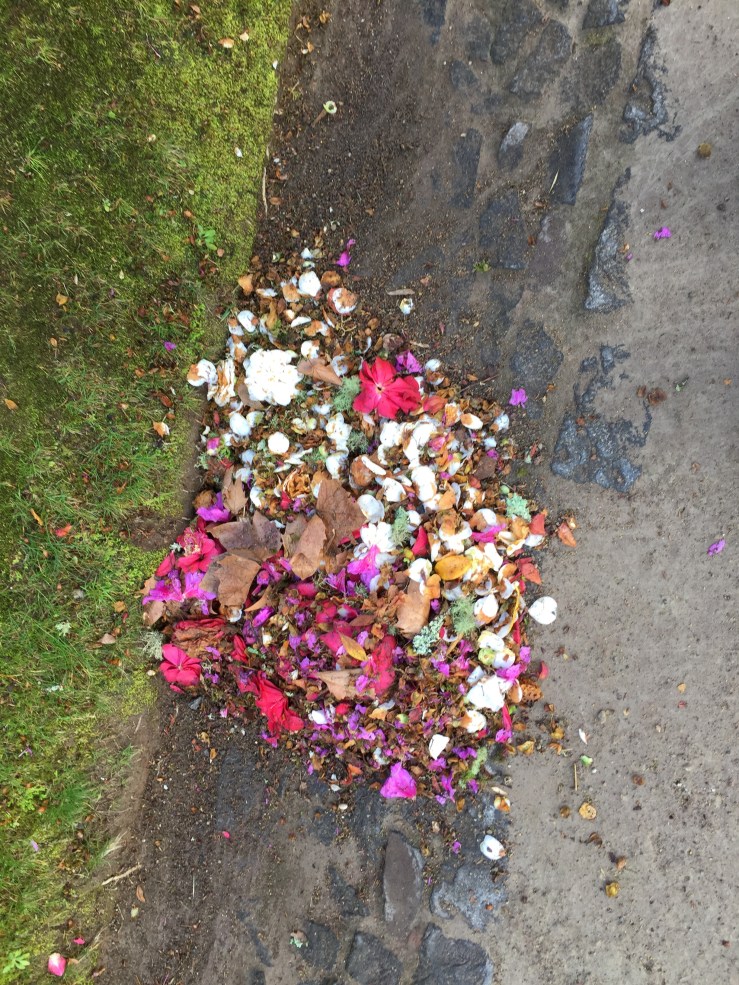



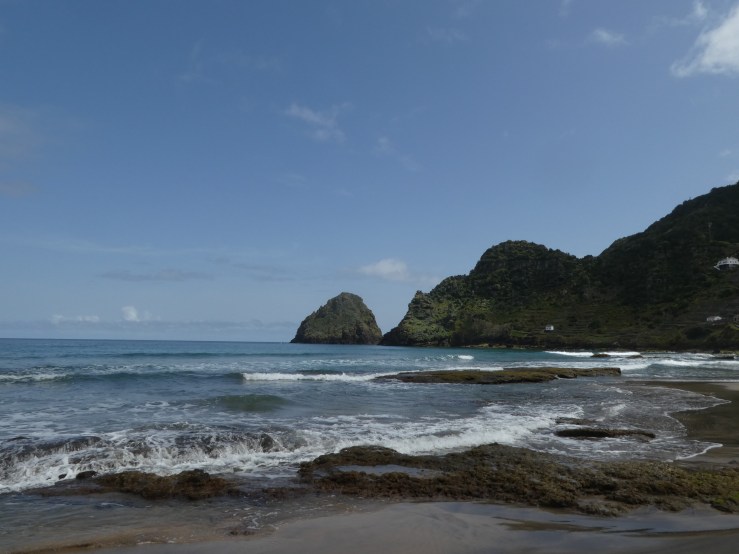
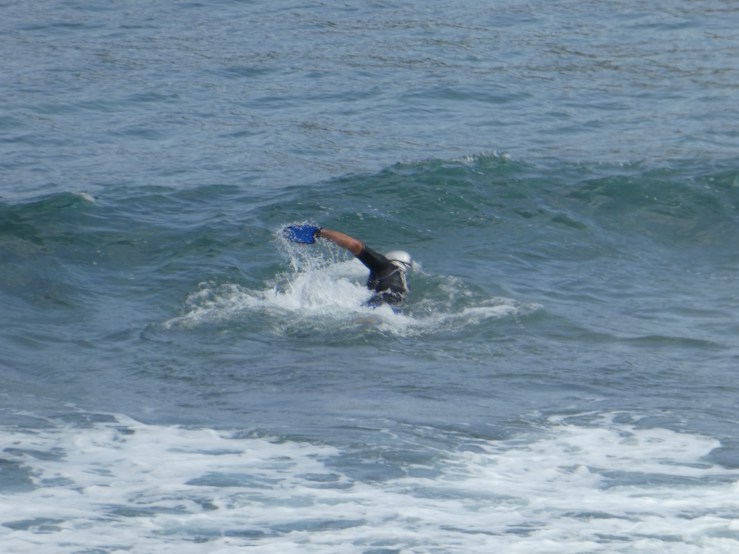



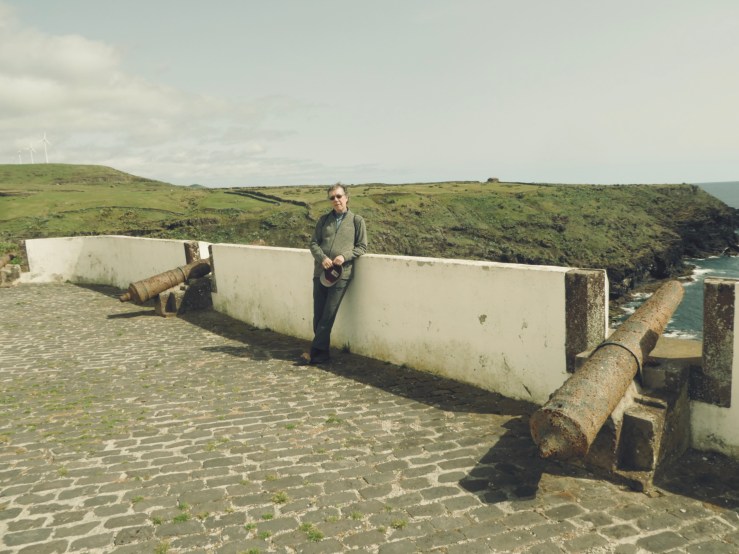
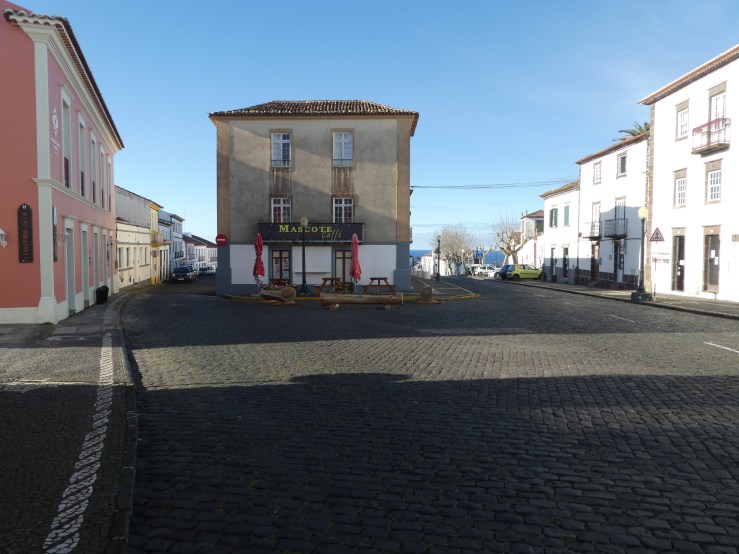

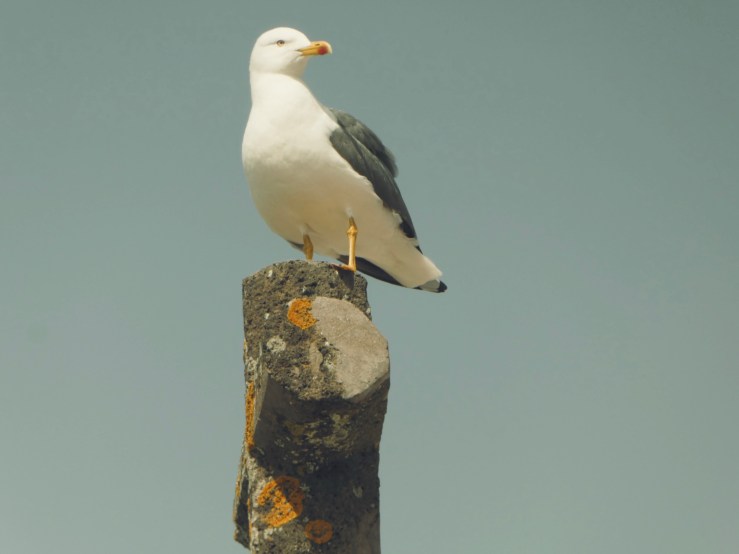



 .
. 





